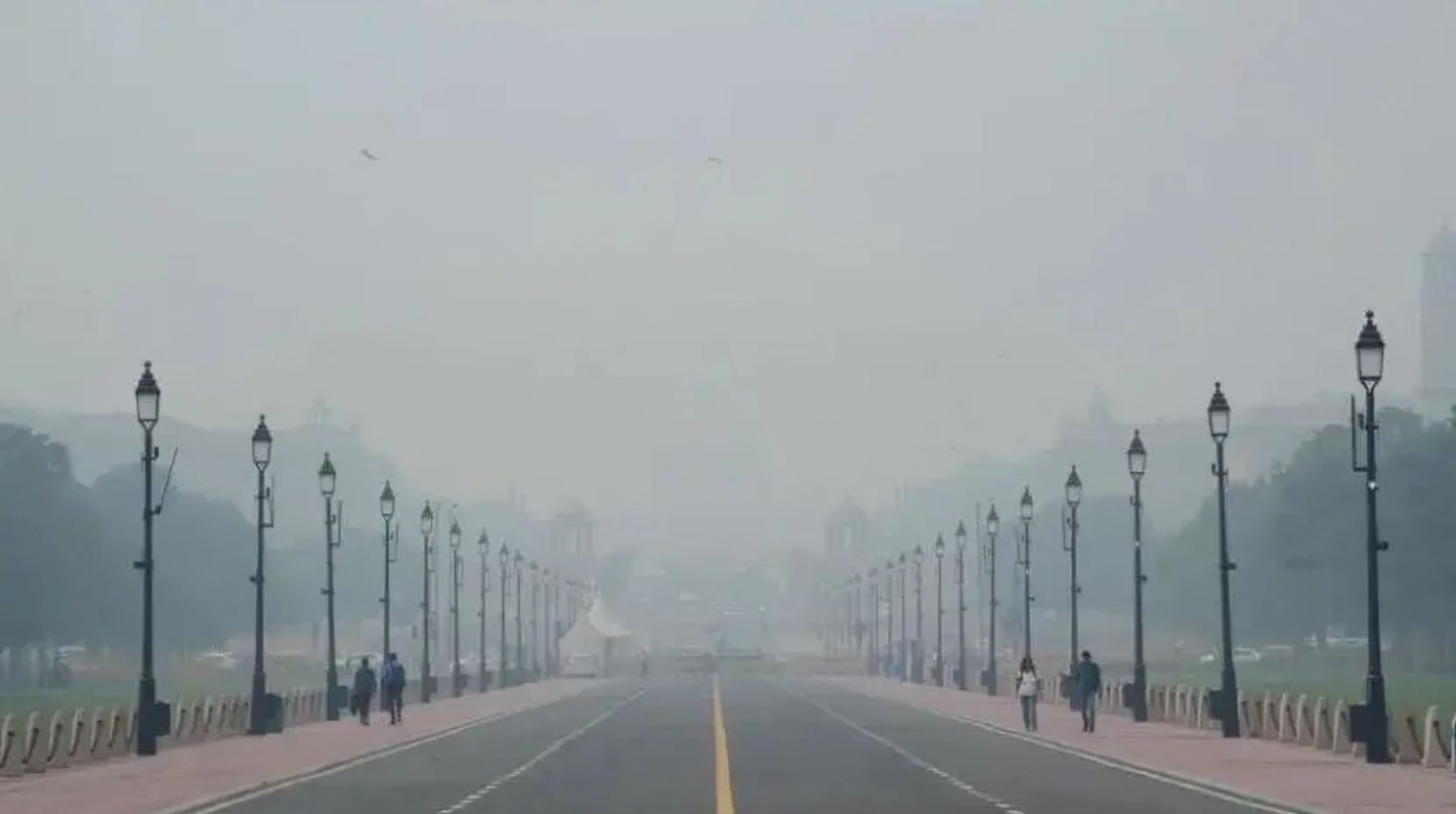Delhi’s general air quality on Monday morning was better than it had been the day before, but it was still in the “very poor” category, which is dangerous for health, as the Diwali week gets underway. At 6 am, the national capital’s 24-hour average Air Quality Index (AQI) was 264, over 90 points lower than it was the day before. The Delhi AQI, according to the IQair website, is still classified as “very poor” though.
Compared to the previous two days, when the AQI had sharply declined since there were no severe winds, this represents a considerable improvement in the quality of the air.
According to data retrieved by the IQair website, the air quality index value in Pitampura, Delhi, was 167 at 6 am.
Delhi pollution: certain areas have an AQI of 320
The national capital’s pollution levels are on the rise, as seen by the air quality index value of 324 in Delhi’s Defence Colony. Since Diwali festivities will start on Monday throughout the National Capital Region, the AQI is probably going to get worse. (NCR)
As a result of calm breezes that hindered the dispersion of pollutants, Delhi’s air quality became “very poor” on Sunday. There were’severe’ pollution levels in certain parts of the capital.
Delhi’s 24-hour average Air Quality Index (AQI) was 355 at 4 p.m., compared to 255 on Saturday, according to data from the Central Pollution Control Board (CPCB).
The CPCB supplied data from 37 of the city’s 40 monitoring sites. ‘Severe’ air quality was recorded at three stations: Bawana, Burari, and Jahangirpuri.
Delhi pollution: Are efforts being made to enhance the quality of the air?
The Delhi government has taken a number of actions to reduce pollution in anticipation of Diwali and the approaching winter season in an effort to improve the Air Quality Index. Among these actions are advocating for public transportation, reducing dust pollution, and outlawing firecrackers during festival season.
Invoking the Center’s emergency Graded Response Action Plan (GRAP) when the Delhi-NCR air quality is predicted to deteriorate during the winter months was another important step in this direction. As of October 21, the Commission for Air Quality and Management (CAQM) in Delhi has activated GRAP Stage 2, which occurs when the AQI falls between 301 and 400.
Gurugram is dangerous, hence firecrackers are prohibited.
Since 2020, all traditional firecrackers have been prohibited in Delhi-NCR, with the exception of green crackers made without the use of barium salts. However, officials have been enforcing a blanket ban every winter since 2020 since there is no differentiation between a green cracker and a regular one.
Until January 1, 2025, the Delhi Pollution Control Committee (DPCC) ordered that all types of firecrackers may not be manufactured, stored, sold, delivered online, or detonated in the Delhi National Capital Territory.
Nevertheless, an HT spot check at fireworks stores in Gurugram revealed that doorstep delivery of firecrackers, including traditional ones, and cross-border smuggling are expected to worsen the Capital’s pollution problems.


Leave a Reply